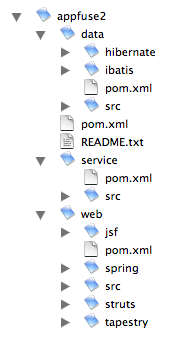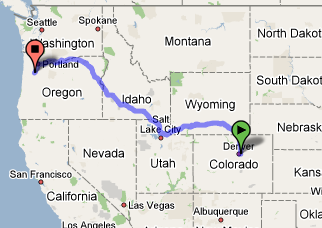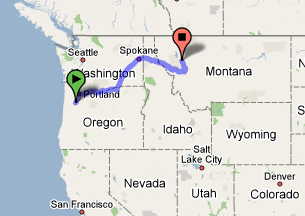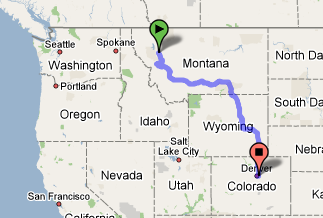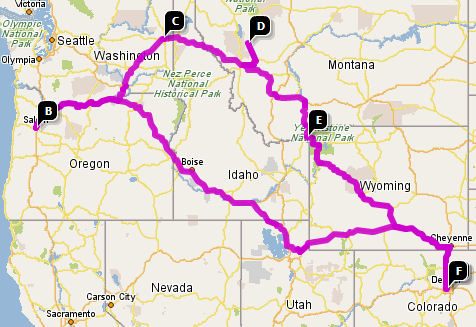Tim O'Brien has an interesting post titled What Web Application framework should you use?. The first thing I noticed about this post is the permalink. It looks like he started with "Isn't Rails supposed to change...", which makes me wonder what the rest of the title was. In this post, he rags on Java Web Frameworks and the lack of a clear path for choosing one. He ends up predicting that many will stick with Struts 1.x (poor bastards) and those that aren't tied to Java should move to Rails. I don't have a problem with folks moving to Rails, but I would like to comment on the Java Web Framework space and Tim's comments.
He says:
Prediction: The confusion over what is happening over at Struts is going to discourage people from continuing to use it. The Struts team did the right thing in recognizing that Struts 1.x was a dead-end, but that project needs a single public message. Is it Struts Action or is it Struts Faces? Or is it two frameworks capitalizing on the Struts brand name?
I think what is going on in the Struts project is definitely two frameworks capitalizing on a brand name. That was a concious choice on the project's part when they chose to start creating sub-projects. The interesting thing about Struts Shale is it's largely a prototype for JSF 2.0. Furthermore, it was rejected by many Struts developers as becoming Struts 2.0. Why? Because JSF sucks. Especially when used with JSP - which is what most folks are doing.
JSF continues to be the most over-hyped under-used framework in Javaland. If you read the blogs of first-time users, you'll find many complaints and issues on how things work. Granted, most of these problems are with JSP and the implementation, but still. If I were in charge of JSF, I'd dump JSP altogether, bundle Facelets with it and allow more flexible page navigation (including controller-to-page). Don't get me wrong, I like the ideas behind JSF, I just don't like the implementation (or the fact I have to wait years for things to be fixed in the spec).
That being said, I've yet to meet an unhappy WebWork fan. If you find someone that still likes Struts, ask them if they've used WebWork. Chances are they'll say no. As far as Tapestry is concerned, the learning curve is too high. It's been rejected time and time again by my clients because of the learning curve. Are they going to fix this? Yep, they're going to re-write the whole damn thing - again! Every major point release of Tapestry throws backwards-compatibility out the window. Furthermore, I've heard once you get over the learning curve, it's a joy to work with. I've also met people at conferences that've used it over a year and say they're still struggling with its concepts.
Spring MVC - I wish I had bad things to say about it, but I don't. It (obviously) has the best Spring integration, but I've found WebWork much more pleasurable to work with. Sure, Spring has a ThrowawayController, but with a name like that, you can tell it's a second-class citizen.
Inspired by Tim's post, here's my prediction:
Struts Action 2 will be the best choice for developing Java-based web frameworks. Not only does it support JSF, but it's easy to learn, test and use. Furthermore, it seems to be the most often used framework in major software products and web sites.
How's that for a clear message? Struts Action 2 is the shiznit, now let's get back to developing applications.
Disclaimer: This is my opinion with a lot of stuff thrown in to get folks riled up. I've never put a JSF, Tapestry or Spring MVC application into production (except for AppFuse of course), so most of my opinions are likely without foundation. In wonder how many applications Mr. O'Brien has put into production with these frameworks?



 . He has a lot of good ideas in there that I hope to learn from.
. He has a lot of good ideas in there that I hope to learn from.


